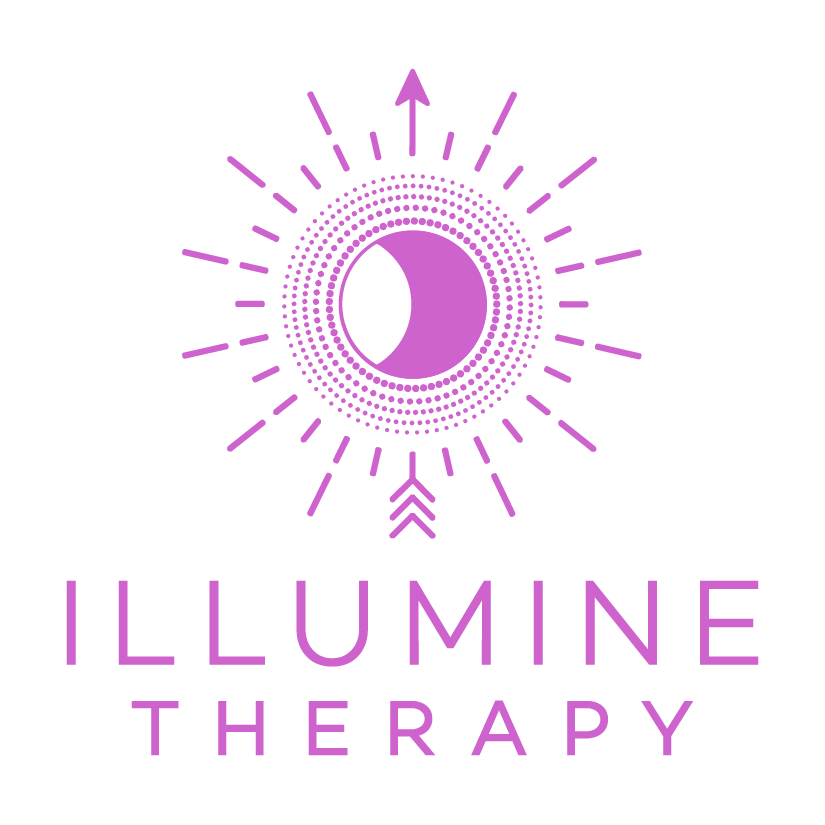Sensorimotor Psychotherapy in action.
As a trauma therapy and PTSD treatment specialist in Ogden Utah, I am committed to continuing to learn and grow. This last year I embarked on a yearlong journey. I have been in level 1 of Sensorimotor Psychotherapy (SP). The first year's training is “SP for the treatment of trauma.” There are two more years of training. Level II addresses the “interaction between traumatic, attachment, and developmental issues.” Level III is “advanced integrative training.” (Sensorimotorpsychotherapy.org)
I have been trained in other Brain-body treatments, such as EMDR therapy and Brainspotting therapy.
I have spent my career coming from a trauma and attachment lens. Yet, learning SP has challenged me in many ways. I have spent many hours doing my own trauma and attachment healing. Through many years of study and many years of personal therapy. I prefer, what professionals like to call “bottom-up processing”, over traditional talk therapy. EMDR therapy and Brainspotting therapy are both bottom-up processing. Yet, SP has taught me a whole new understanding of bottom-up processing.
Since I am new to SP, it is recommended to have experientials.
To really embody the therapeutic approach. I do this in and out of the classroom. In the classroom, we do breakout sessions where we use the interventions taught.
Performance anxiety and being in a space with other professionals bring on their own vulnerabilities. My desire to want to do good, understand the material, and be “seen” in a good light is something I have to notice and be aware of. This sometimes can impact my ability to be present and allow for the therapeutic process to happen. Yet, in the light of wanting to “be a good student”, I worked on letting go and trusting the process.
During this session, I was working on a past trauma.
I felt this anger begin to rise in my chest. My body began to involuntarily make micromovements. It began in my shoulder, ever so slightly moving up and down. As I continued to notice, not making things bigger or smaller but being curious about what would happen next, the sensations made their way down my arm and to my fist. My fist began closing, without me voluntarily doing anything.
As I observed in amazement and also feeling uncomfortable with not being in control, my body knew what it needed. The fist became so tight and my arm began moving in front of me. It was making a barrier in front of me and to the side of me. My body wanted to protect me. This was my body's way of healing and reinstating an active defense. Something I couldn’t do then, even though my body wanted to. I gave it space for it to do it now. After a while, my arm began to relax and my body became settled.
This is true bottom-up processing.
This is processing from the body. Micromovements I had never experienced before. And my body had been wanting to do them for a long time. I was never the “fight” with past traumas. Shut down and freeze were my survival responses because at the moment that was the safest. Over the years, I have learned to stand up for myself, hold boundaries, and break patterns of a shutdown. This was another experience of my body breaking through that pattern and doing what it wanted to do but couldn’t.
Over the many years, I have learned that healing is not something that can happen with just Insight or the mind.
The body, emotions, sensations, thoughts, images, and words allow for a deeper more integrated approach. Healing needs to involve a journey that embodies the whole of you.
If you are considering working with me you might be thinking, “Hell, I don’t want to be in my body. My body has betrayed me” or “Kristi, you are crazy if you think I can do that.” I get it. Yet, you don’t need to like or feel comfortable in your body to work with me. All I ask is that you have a curiosity about your relationship with your body. A somatic approach can look like a willingness to explore the sensations you are experiencing as we talk. Slowing down enough to observe the emotions and words arising from the body. It can also look fun and playful as we explore in experiential ways.
As I continue to gain more experience in SP, and receive consultation, I become more convinced that a somatic approach (SP), along with EMDR therapy and Brainspotting therapy, are gifts to someone who has experienced trauma.
If you are ready to go beyond talk therapy reach out.
As a therapist in Ogden Utah, I am here to answer any questions. If you are interested in working with me, please feel free to reach out on my contact page or by calling 385-240-0689.

